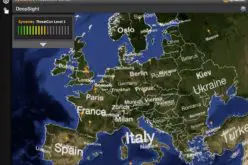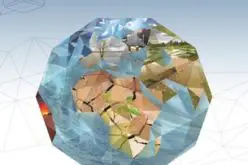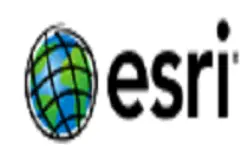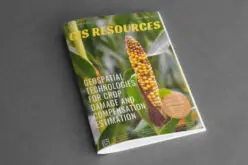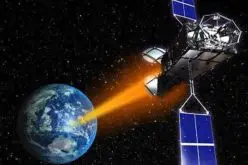 Chinese scientists have created a three-dimensional, digital topographic map of the Antarctic seabed using data collected during a recent expedition.
Chinese scientists have created a three-dimensional, digital topographic map of the Antarctic seabed using data collected during a recent expedition.
The map was presented at a press briefing held Friday in the city of Guangzhou during an event to mark the completion of a four-month expedition by the research vessel “Hai Yang Liu Hao” (Ocean Six).
The map was made on the expedition in Antarctica using multi-beam sonar. The vessel emitted multiple pulses of sound that scanned an area measuring 250 kilometers long, 80 kilometers wide, with a maximum depth of 3,500 meters, said He Gaowen, a senior scientist with Guangzhou Marine Geological Survey Bureau.
With 80 gigabytes of data, the researchers were able to compile a high-definition map that can be used in Antarctic research or for navigation.
Compared to a traditional single-beam sonar, multi-beam sonar can quickly collect information about topographic and geological components, and water composition. This information can be used to support research into the evolution of the Antarctic seabed, said Liu Shengxuan, another senior scientist involved in the expedition.
China has used this same technique to map the country’s coastal areas, the South China Sea, the Pacific, and the Indian Ocean. The maps have proved invaluable tools across geological surveys and marine mineral exploitation, said Ding Weifeng, an Earth exploration scientist at a research institute under State Oceanic Administration.
The mapping of the Antarctic seabed will also provide a large amount of information for polar scientific research, Ding said.
Source: PTI



